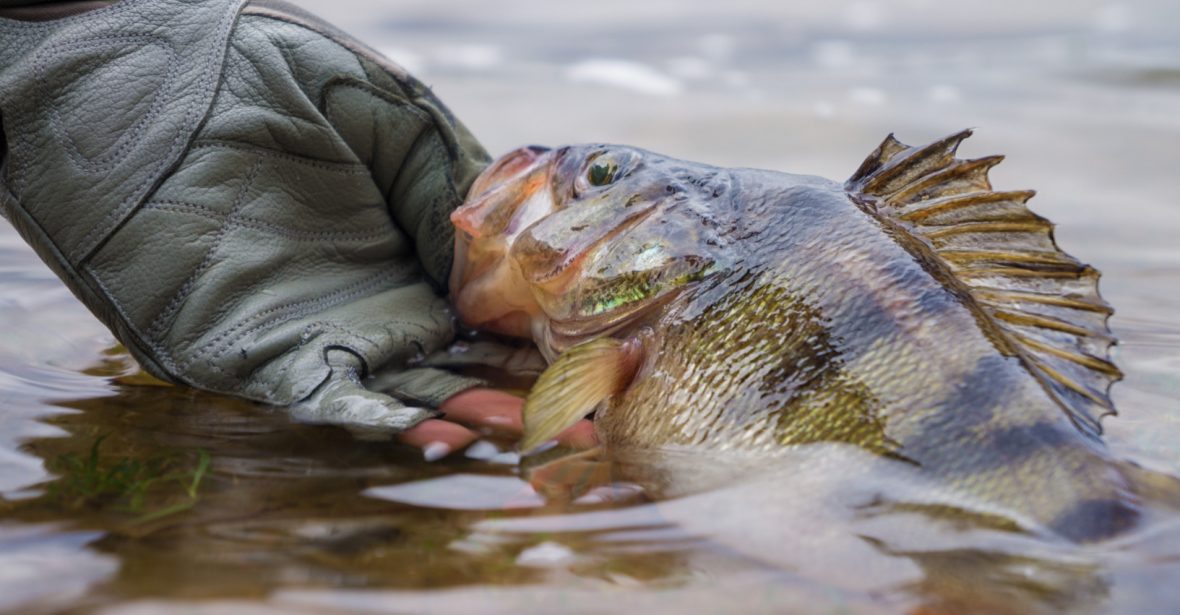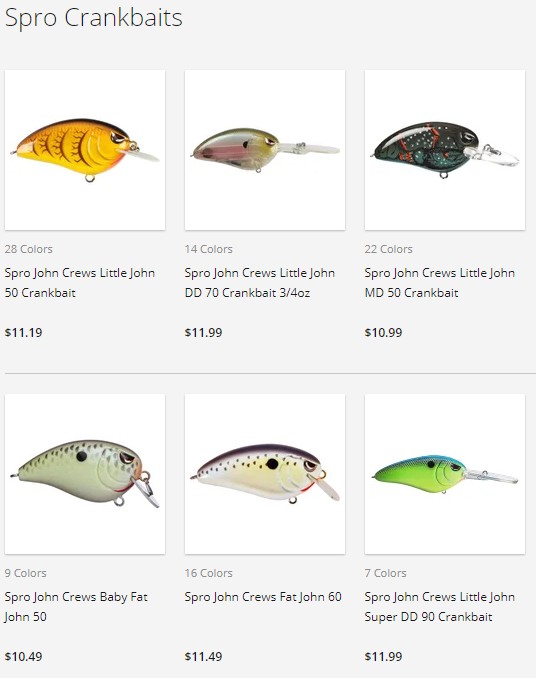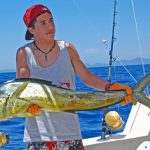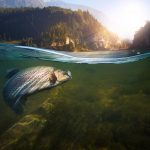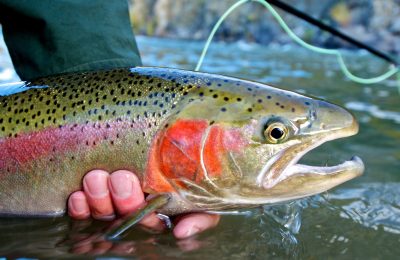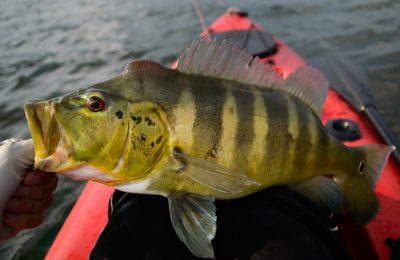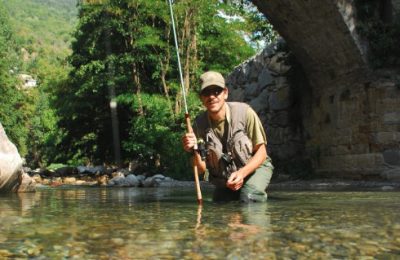Types of Crankbaits to Help Catch the Right Fish
The air is beginning to smell and feel cleaner, the leaves are changing color, and the smells of Thanksgiving and Christmas spices and lattes are surrounding every corner coffee shop. While we humans seek open areas to enjoy the season and warmer areas to prepare for winter, so do the fish we love to catch. Crankbait is key to landing a great catch.
Fish also head to more protected, warmer areas. In lakes, many species seek shelter in weed lines and protected underwater gathering spots. Remember that some weed lines can be as deep as 20 feet depending on the clarity of the water. The clearer the water, the deeper the weeds.
Expect to find a fair amount of fish sheltering near and around those weed lines. They are usually looking for safer areas where bait fish and other small creatures gather, providing an abundance of potential bait types and lures.
Shallow-diving crankbait
Just as humans wander in the more temperate climate, fish do as well. While in seasonal transition, many species scatter throughout an area. This can make finding them and catching them more challenging.
Crank baits are particularly good at this time of year, as they can cover a lot of water with long casts and quick returns. Shallow-diving cranks, like the Spro Fat John work well.
These cranks are wide bodied and put off a lot of vibration and wobble, making them ideal for muddy water. Any square billed crankbait will give erratic movements that attract hungry fish.
The Proberos Square Bill Crankbait with Treble Hooks is a prime example of an exhilarating fall fishing excellence. Proberos took the square billed bait and added steel bbs inside to increase noise and vibration.
Use these types of lures over the top of grassy areas and deeper diving baits parallel to the edge of deeper weeds.
Unlike the rest of the year, when fish tend to school together, in the fall it is important to keep moving. After a catch, don’t be afraid to move to another area to find another hungry wanderer. For now, just drop a waypoint marker, keep moving, and return later.
Follow The Crowd
While fish may cover a lot of ground during the fall, baitfish move into cooler waters where they gather together. The constantly changing weather and temperatures of autumn means the same baitfish will move to whatever area is protected and cool. The gathering of bait means more gamefish, so follow the crowds of baitfish as they move from location to location.
As temperatures drop – think anything below 70 degrees Fahrenheit – baitfish move to large rock banks, wood covered areas, and grassy growths around 35 feet deep. The fish tend to keep moving, so alternate between rocks, wood, and grass to find where the fish are hiding.
Standing timber and brush piles are particularly good areas to find gatherings of bait fish with the predatory fish holding steady nearby. This is particularly true in creeks and rivers where the gamefish will float at a branching point, staying hidden, until ready to strike bait in one branch.
Keep Cool
As the temperature continues to drop, 60s and below, fish move into the shallows to forage for vegetation and other food sources. The larger fish follow, keeping a short distance away, but far enough not to spook the bait. Focus on those areas just a few feet away from the baitfish.
As the temperature continues to fluctuate the water levels can decrease leaving fewer areas for the bait to hide. Look for wood cover where bait can hide and predators can sneak up on them.
If the water cools rapidly, gamefish will gather near channel swings and other areas where rock and pea gravel mix together. These channels also give fish the opportunity to reach the main parts of a lake, making them ideal areas to catch large fish heading for deeper waters.
Target any transition spot where the shoreline changes from ledges to smaller rock or mixed chunk-pea gravel.
With increasing cold comes increasing movement. Fish holding up in standing timber along the creek channel move up the shallow onto secondary points and flats. This allows them to move back and forth from deep to shallow water throughout the day.
Weather patterns will also affect the movement of bait and game fish alike. Wind and clouds pull them into edges and shallows, while calm and sunny days pull them back to standing timbers and channel drops. Make sure the gear in a tackle box matches the conditioned dictated by the weather.
In general, start fishing shallow and then work towards deeper water, looking for suspended fish just waiting to strike.
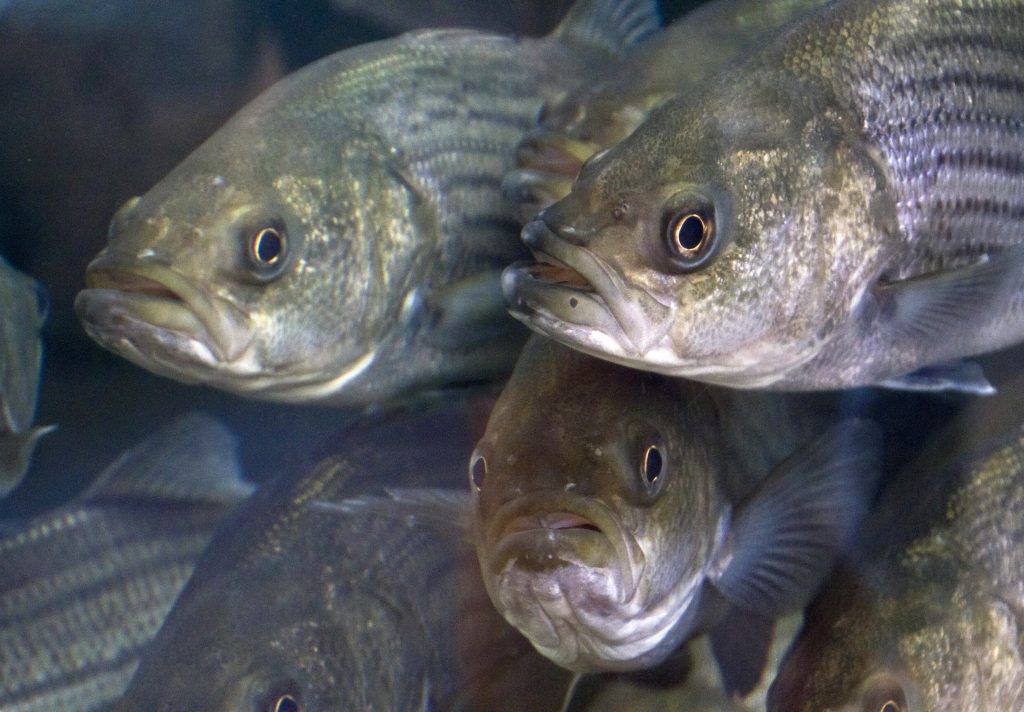
Different Species, Different Locations.
Not all fish behave the same, so here’s some specific tips based on the target species.
- Largemouth Bass
- Look for bait fish skimming across the water as they are chased by hungry fish. Circling and diving birds are also an indication of bait fish locations.
- Blue Gill
- During the fall, bluegill go to shallow weeds and rocks and hang right on drop offs. Live bait is the best way to go.
- Pike
- Cooler temperatures mean the big pike can roam. They head into the shallows to hunt bait fish and those they like to feed on are pretty big by fall, so break out the larger lures.
- Perch
- Perch move into shallow waters as the water temperatures drop to feed on schools of small bait fish. They are especially attracted to muddy areas.
- Musky
- Big fall muskies, just like perch, follow the schools of baitfish. Cooler water means that they just won’t chase a fast moving lure, so go to large, slow moving baits.
- Crappie
- Crappies often concentrate around standing timber, which allows them to move shallow or deep as water and weather conditions change. On cloudy days, crappie will be within a few feet of the surface. Bright, sunny days will find them hugging the bottom. Look for crappie lures for an advantage.
- Walleye
- Walleyes move to shallow water as temperatures cool. They also feed more during the day. Most of the time, they can be found near areas with big structures.


